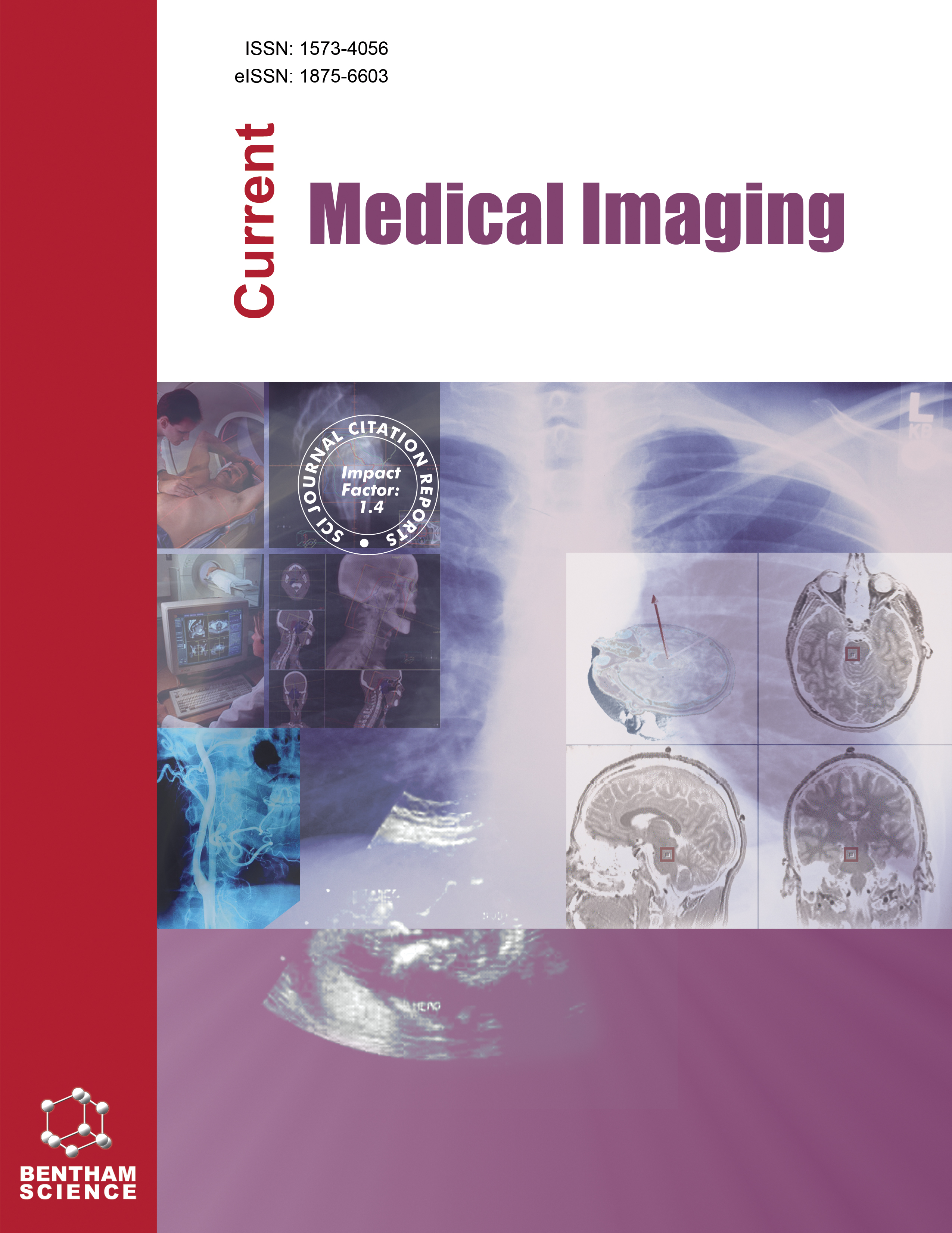-
oa Clinical Outcomes of Transcatheter Arterial Embolization in Patients with High-grade Gross Hematuria
- Source: Current Medical Imaging, Volume 20, Issue 1, Jan 2024, e15734056359111
-
- 24 Sep 2024
- 01 Nov 2024
- 01 Jan 2024
Abstract
To investigate factors influencing the effectiveness and safety of super-selective embolization in patients with high-grade gross hematuria.
This retrospective, single-center study included 19 consecutive cancer patients (12 men and 7 women, mean age of 72.3 years) who had undergone TAE for intractable hematuria between January 2008 and February 2024. Factors such as technical and clinical success rates, embolized vessels, embolic agents used, and complications were evaluated. This study specifically focused on patients with severe hematuria (grade 3 or above) and examined the effects of super-selective embolization, hematuria grade, and embolic agents on patient outcomes.
Technical success was achieved in all 23 angiography procedures performed, with a clinical success rate of 56.5%. Clinical success was significantly correlated with hematuria grade, super-selectivity of the procedure, and type of embolic agent used. Multivariate logistic regression analysis revealed that the embolic material, specifically tris-acryl gelatin microspheres (TAGM), was an independent factor that significantly affected clinical outcomes. No major complications were reported.
TAGM for supers-elective embolization in patients with massive gross hematuria is both effective and safe. However, the effectiveness of TAE may decrease in patients with severe hematuria, highlighting the need for combination therapies.



